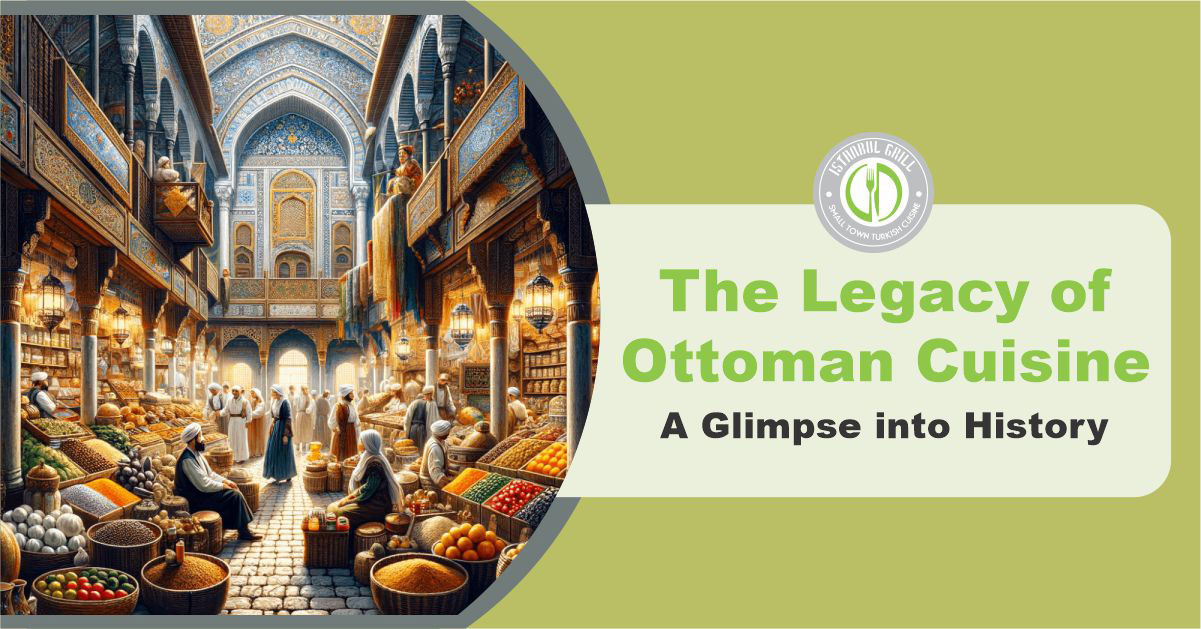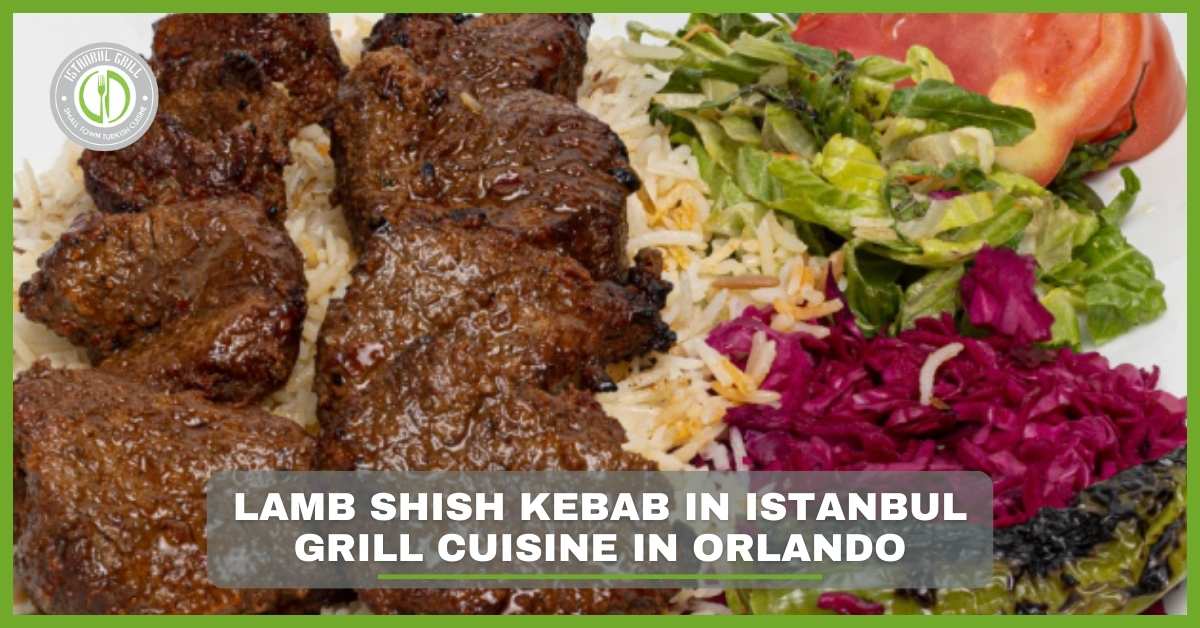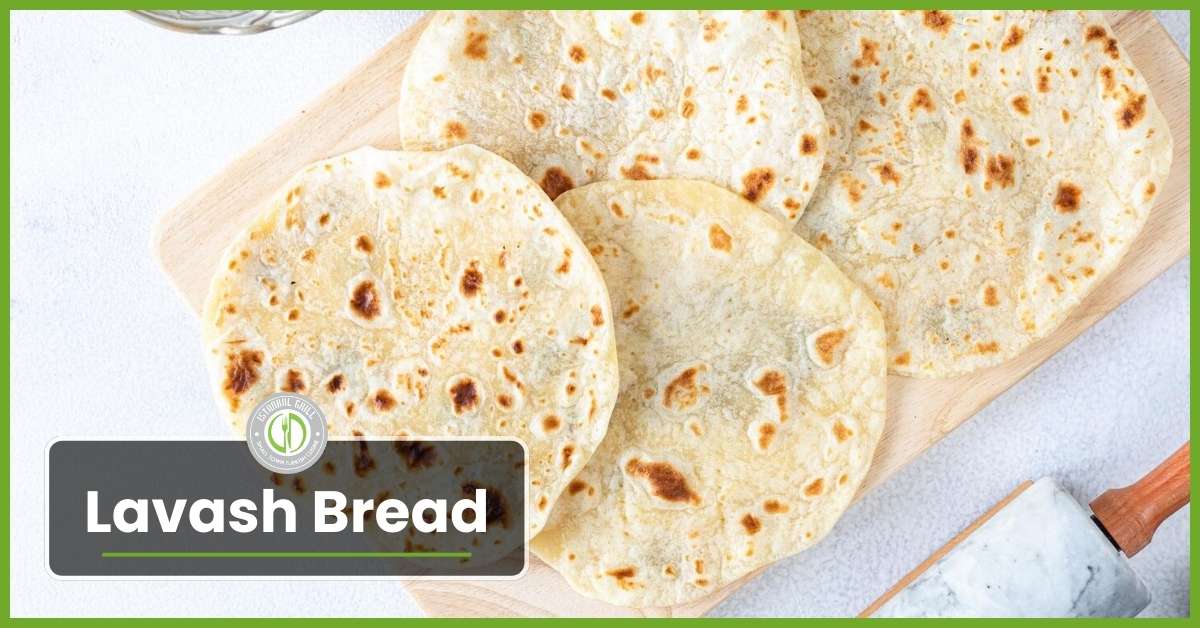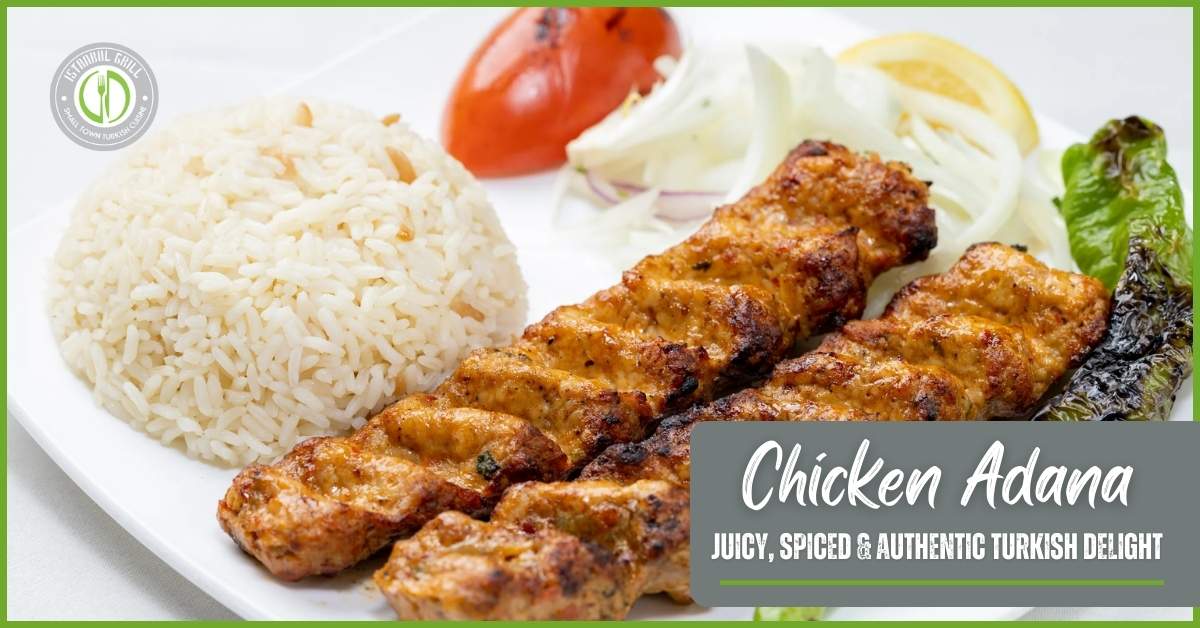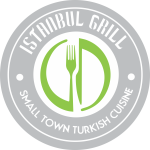Ottoman cuisine, a rich and diverse tapestry of flavors, reflects the empire’s vast geographical reach and multicultural society. This blog delves into the historical roots and enduring influence of Ottoman cuisine, offering a tantalizing glimpse into the past.
The Origins of Ottoman Cuisine
Ottoman cuisine, a rich and diverse culinary tradition, evolved from a blend of Central Asian, Middle Eastern, and Balkan influences, reflecting the vast expanse of the Ottoman Empire. Rooted in the palace kitchens of Istanbul, it combined intricate techniques and exotic ingredients to create sophisticated dishes. Spanning from the 15th to the early 20th century, this cuisine incorporated the best of local produce, spices, and cooking methods from the regions under Ottoman rule. Today, Ottoman cuisine remains a testament to the empire’s cultural and gastronomic legacy, celebrated for its opulent flavors and historical significance.
Key Elements of Ottoman Cuisine
Ottoman cuisine is a rich tapestry of flavors, drawing from the diverse cultures and regions within the vast empire. Key elements include a variety of spices like sumac and saffron, which add depth and complexity to dishes. Fresh herbs, nuts, and dried fruits play crucial roles, often used in both savory and sweet dishes to create a unique balance of flavors. Additionally, slow-cooking techniques and intricate preparations reflect the sophistication and artistry of this historic culinary tradition.
Spices and Herbs
Spices and herbs have been essential components of culinary traditions worldwide, enhancing flavors, aromas, and even the nutritional value of dishes. They range from common staples like basil, thyme, and rosemary to more exotic varieties like saffron, cardamom, and sumac. Each spice and herb carries unique properties that can transform a simple meal into a gourmet experience. Besides their culinary uses, many spices and herbs also boast impressive health benefits, such as anti-inflammatory and antioxidant properties. Exploring the diverse world of spices and herbs opens up endless possibilities for creating flavorful and healthful meals.
Fruits and Nuts
These are not only delicious but also packed with essential nutrients, making them an integral part of a healthy diet. Fruits, rich in vitamins, minerals, and antioxidants, contribute to overall wellness by boosting immunity, improving digestion, and providing natural energy. Nuts, on the other hand, are excellent sources of healthy fats, protein, and fiber, which support heart health, brain function, and weight management. Incorporating a variety of fruits and nuts into your daily meals can enhance your dietary diversity, offering a range of flavors and textures that make eating both enjoyable and nutritious. Whether enjoyed as snacks, added to salads, or used in cooking and baking, the combination of fruits and nuts can elevate the nutritional value and taste of any dish.
Iconic Ottoman Dishes
Iconic Ottoman dishes, steeped in history and rich in flavor. It offers a glimpse into the opulent culinary traditions of the Ottoman Empire. These dishes, often elaborate and intricately spiced, include the famed “Sultan’s Delight” (Hünkar Beğendi), a sumptuous blend of smoky eggplant puree topped with tender lamb stew. Another standout is “Stuffed Grape Leaves” (Dolma), where vine leaves are meticulously filled with a savory mix of rice, herbs, and sometimes meat. “Karnıyarık” showcases the empire’s love for eggplant, featuring the vegetable stuffed with a delicious mixture of ground beef, onions, and tomatoes. For dessert, “Baklava” reigns supreme, with its delicate layers of filo pastry, chopped nuts, and sweet syrup, offering a sweet conclusion to a regal meal. These iconic dishes not only tantalize the taste buds but also carry the rich cultural heritage of the Ottoman era.
Kebabs

Kebabs, a staple of Middle Eastern and Mediterranean cuisine, are beloved for their rich flavors and versatile preparations. Originating from ancient Persia, these skewered meats are marinated with a blend of spices and grilled to perfection. Whether it’s the succulent shish kebab, the spicy Adana Kebab, or the flavorful doner kebab, each variation offers a unique taste experience. Served with fresh vegetables, warm pita, and tangy sauces, kebabs are a culinary delight that caters to diverse palates.
Pilaf
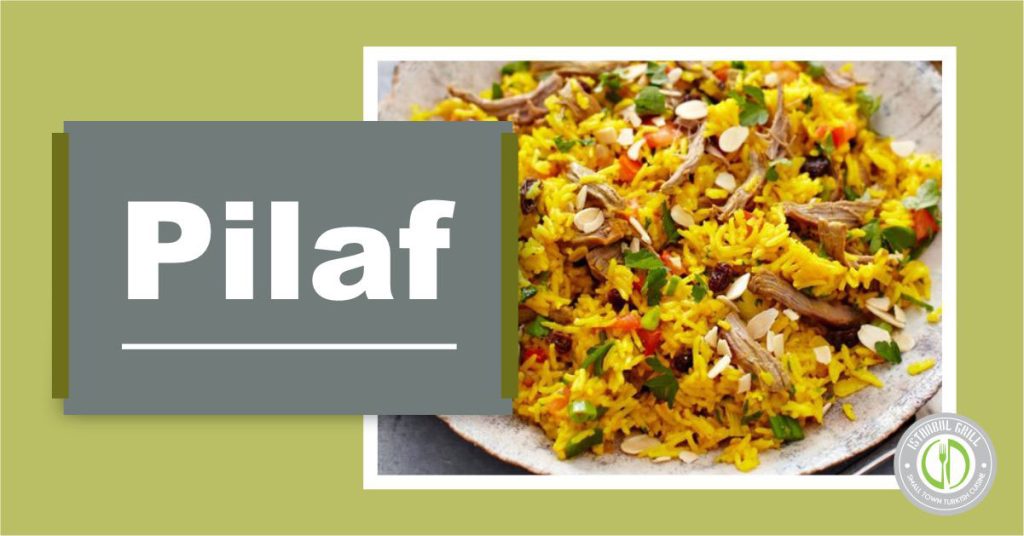
Pilaf is a versatile and flavorful dish commonly found in Turkish cuisine. It typically consists of rice cooked in a seasoned broth, often combined with ingredients like vegetables, meat, or seafood. The rice is sautéed in butter or oil before simmering, giving it a rich, aromatic taste. Pilaf is a staple in many Turkish meals, celebrated for its delicious blend of textures and flavors.
Meze
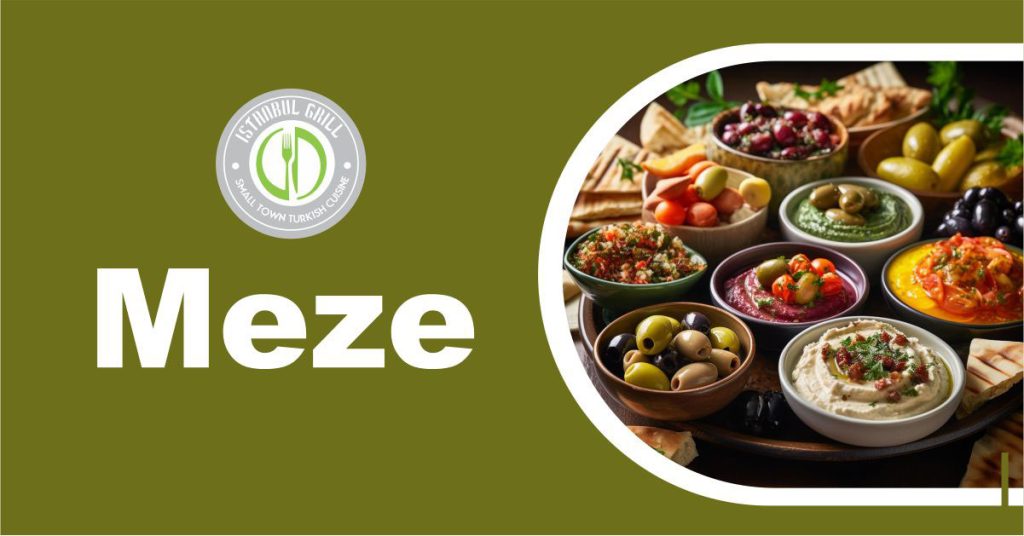
Meze, a cornerstone of Turkish cuisine, is a delightful array of small dishes served as appetizers or a light meal. These vibrant, flavorful dishes range from creamy hummus and smoky baba ganoush to spicy Ezme and tangy stuffed grape leaves. Often enjoyed with friends and family, meze embodies the spirit of Turkish hospitality and communal dining. Whether paired with a refreshing glass of raki or a hearty main course. Meze offers a tantalizing glimpse into the rich culinary traditions of Turkey.
Baklava
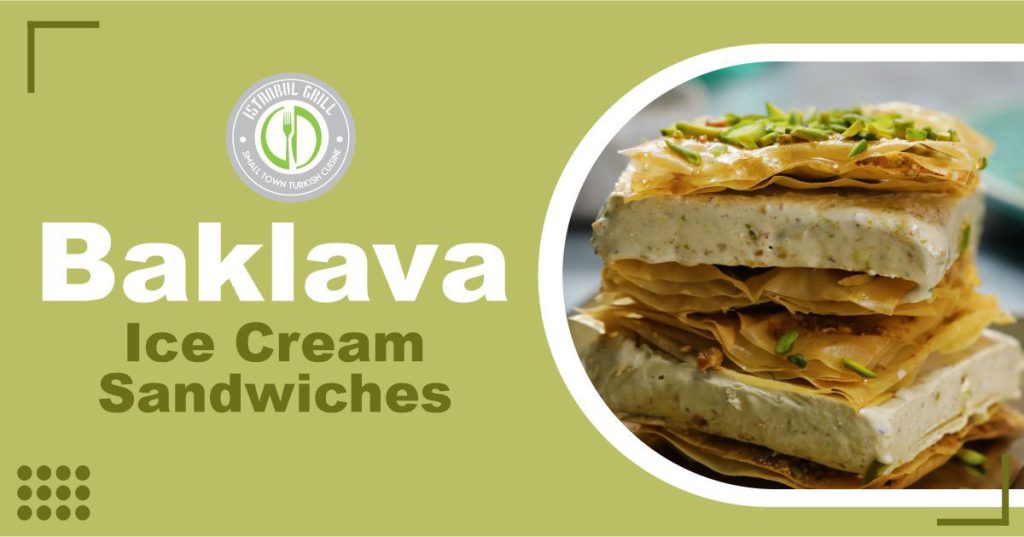
Baklava is a rich, sweet pastry made of layers of filo dough filled with chopped nuts, sweetened, and held together with syrup or honey. This delightful dessert is renowned in Turkish cuisine and is celebrated for its delicate, flaky texture and indulgent flavor. Often enjoyed during special occasions and festive seasons. Baklava has a long history and remains a beloved treat across the Middle East and Mediterranean regions. Each bite offers a perfect balance of crunch and sweetness, making it a timeless favorite for dessert lovers.
The Ottoman Influence on Modern Cuisine
The legacy of Ottoman cuisine is evident in many contemporary culinary traditions.
Preserving Ottoman Culinary Traditions. Today, efforts to preserve and celebrate Ottoman culinary traditions are growing. Food historians, chefs, and cultural organizations are working to document recipes, revive old cooking methods, and introduce the richness of Ottoman cuisine to new generations.
Conclusion
The legacy of Ottoman cuisine is a testament to the empire’s rich and diverse heritage. By exploring the history and enduring influence of this culinary tradition, we gain a deeper appreciation for the cultural and gastronomic contributions of the Ottoman Empire. Embark on this journey and savor the rich tapestry of flavors that have stood the test of time. It is continuing to delight and inspire food lovers around the world.
